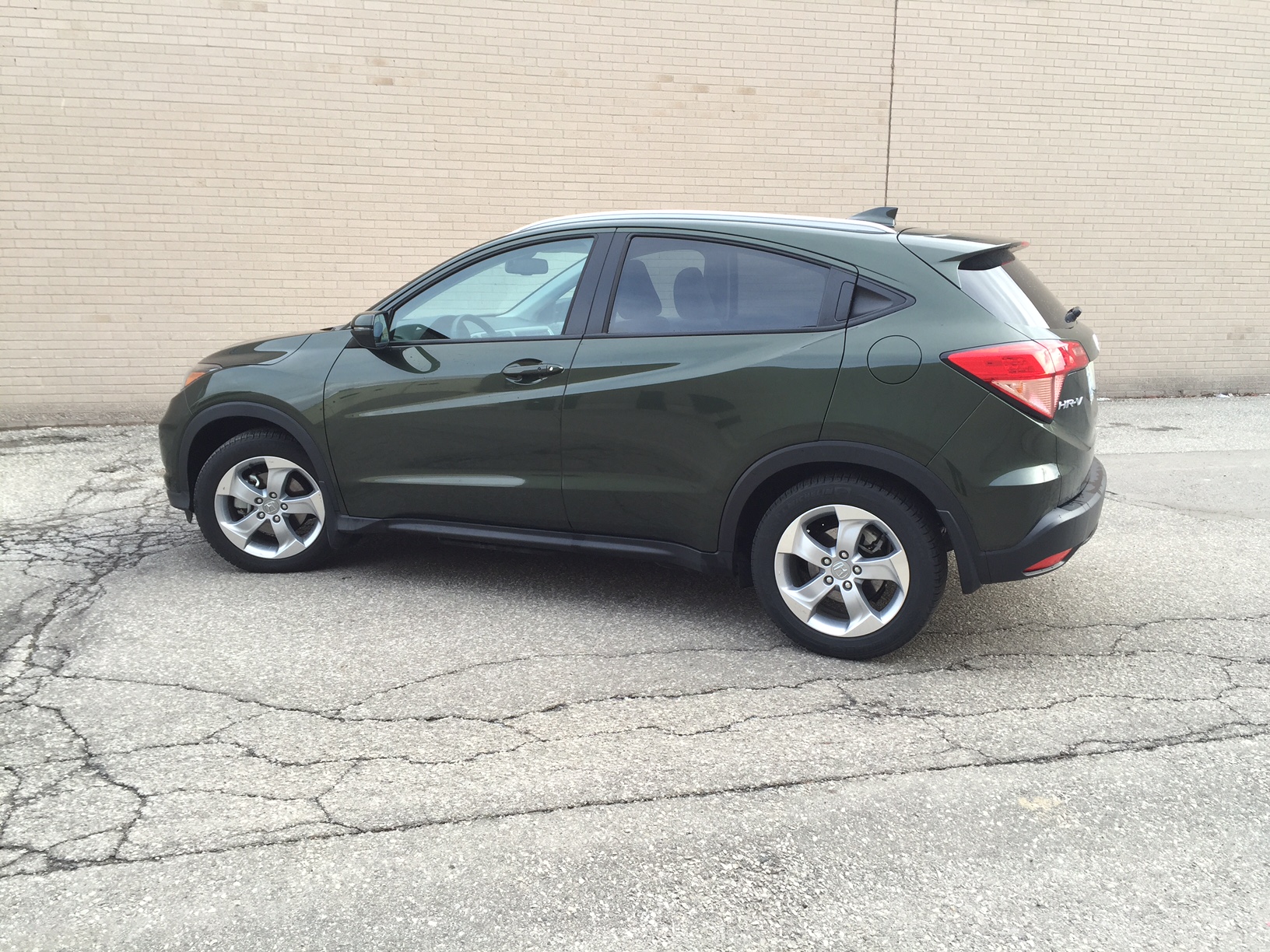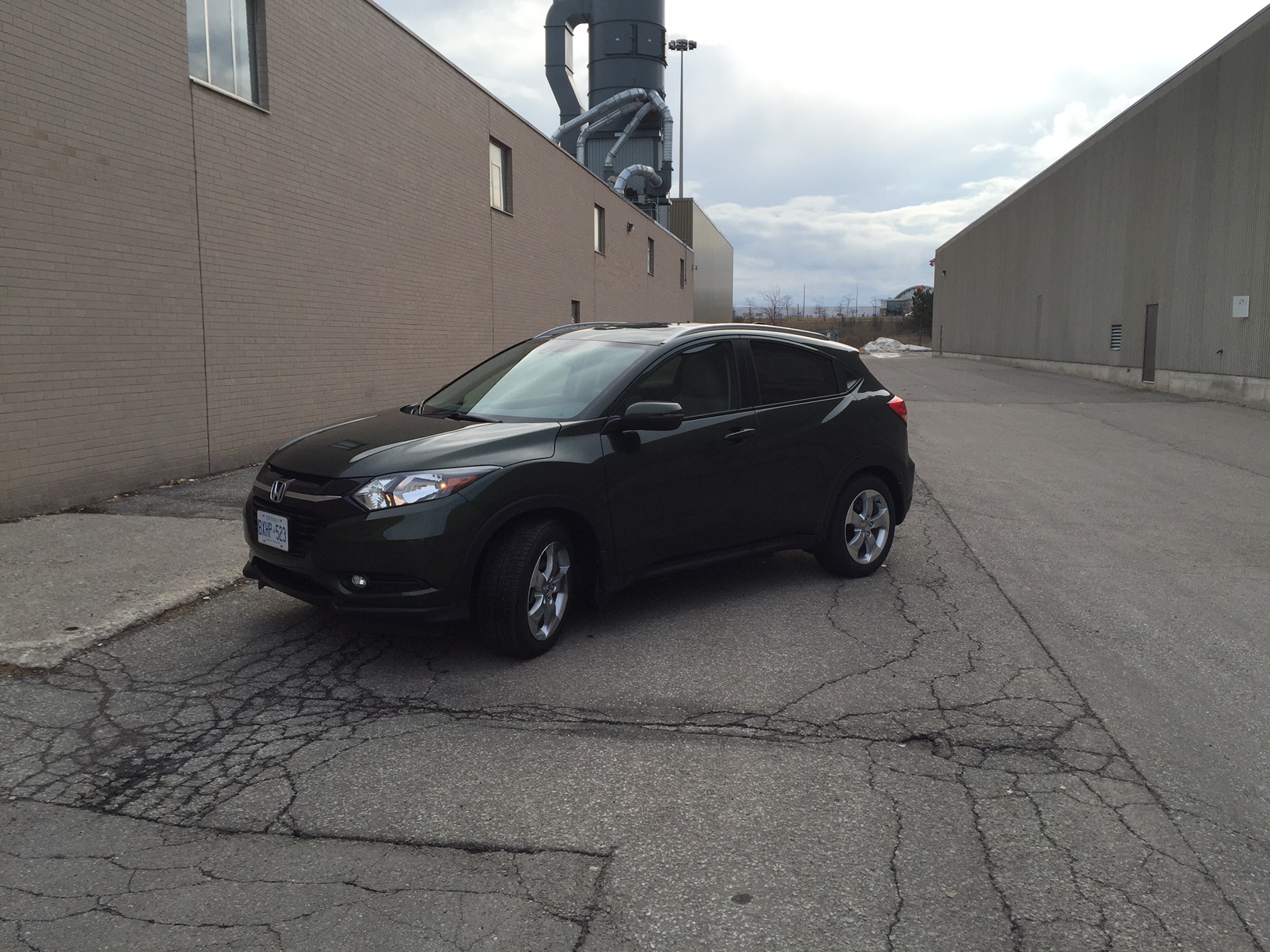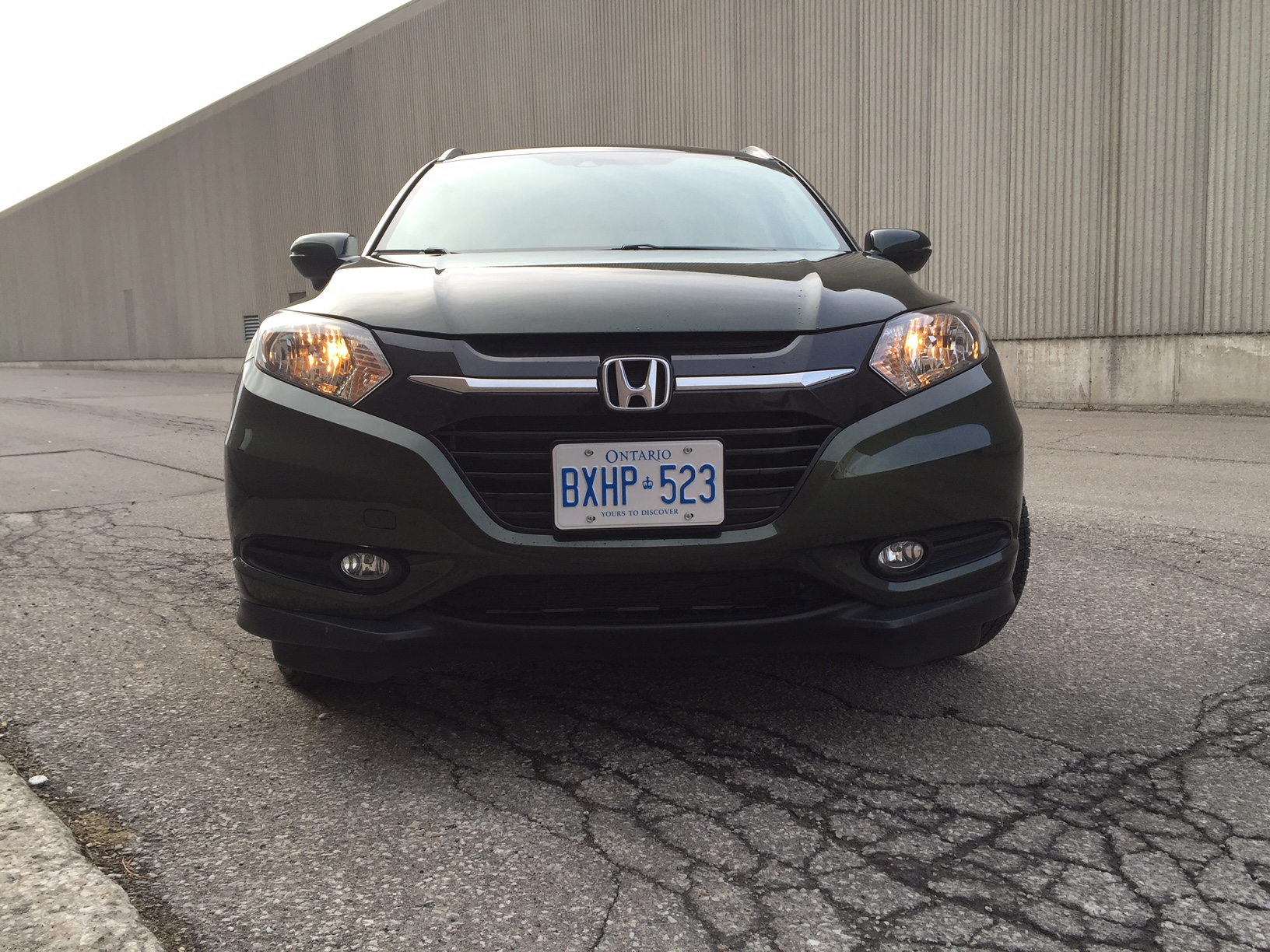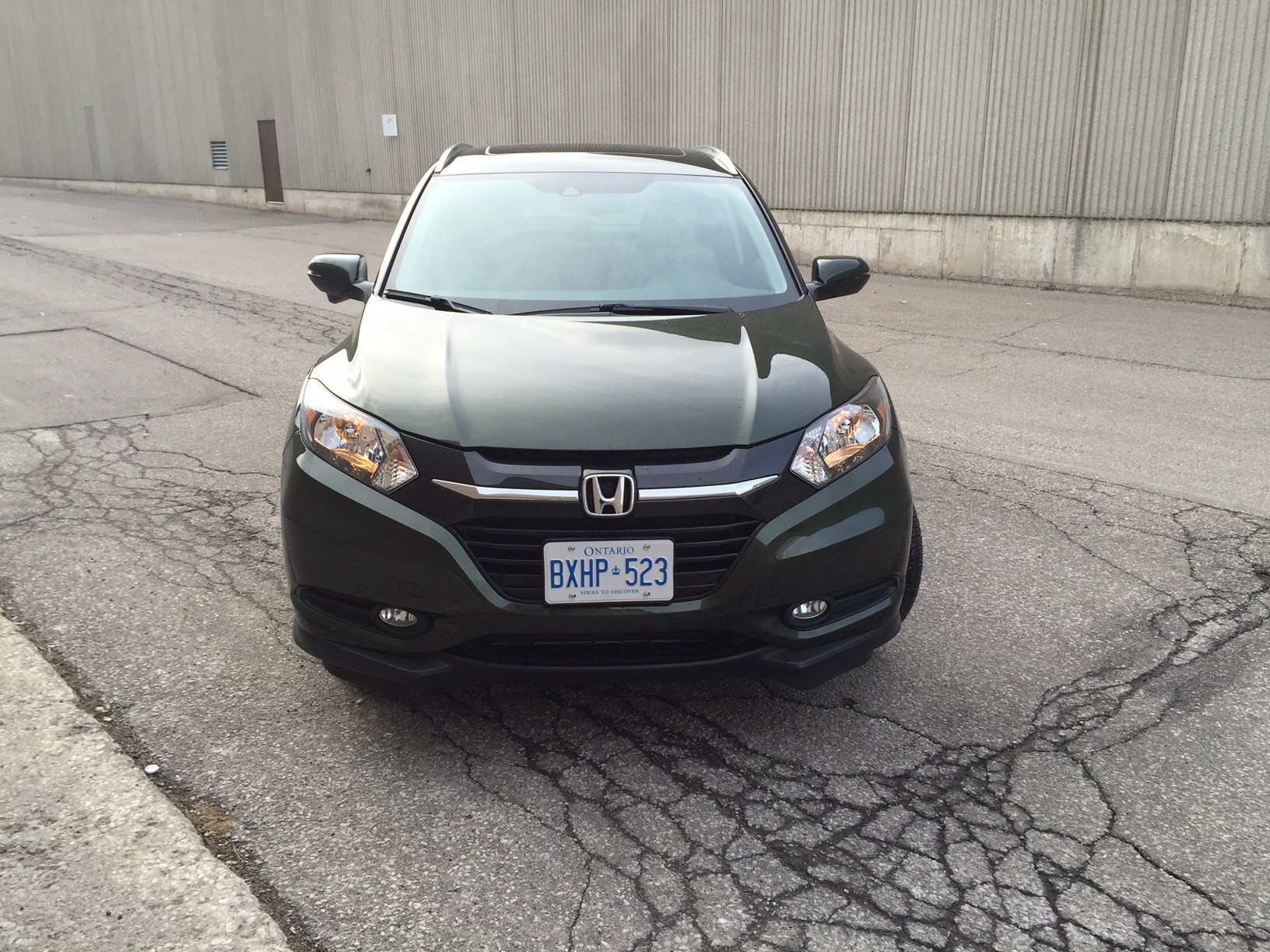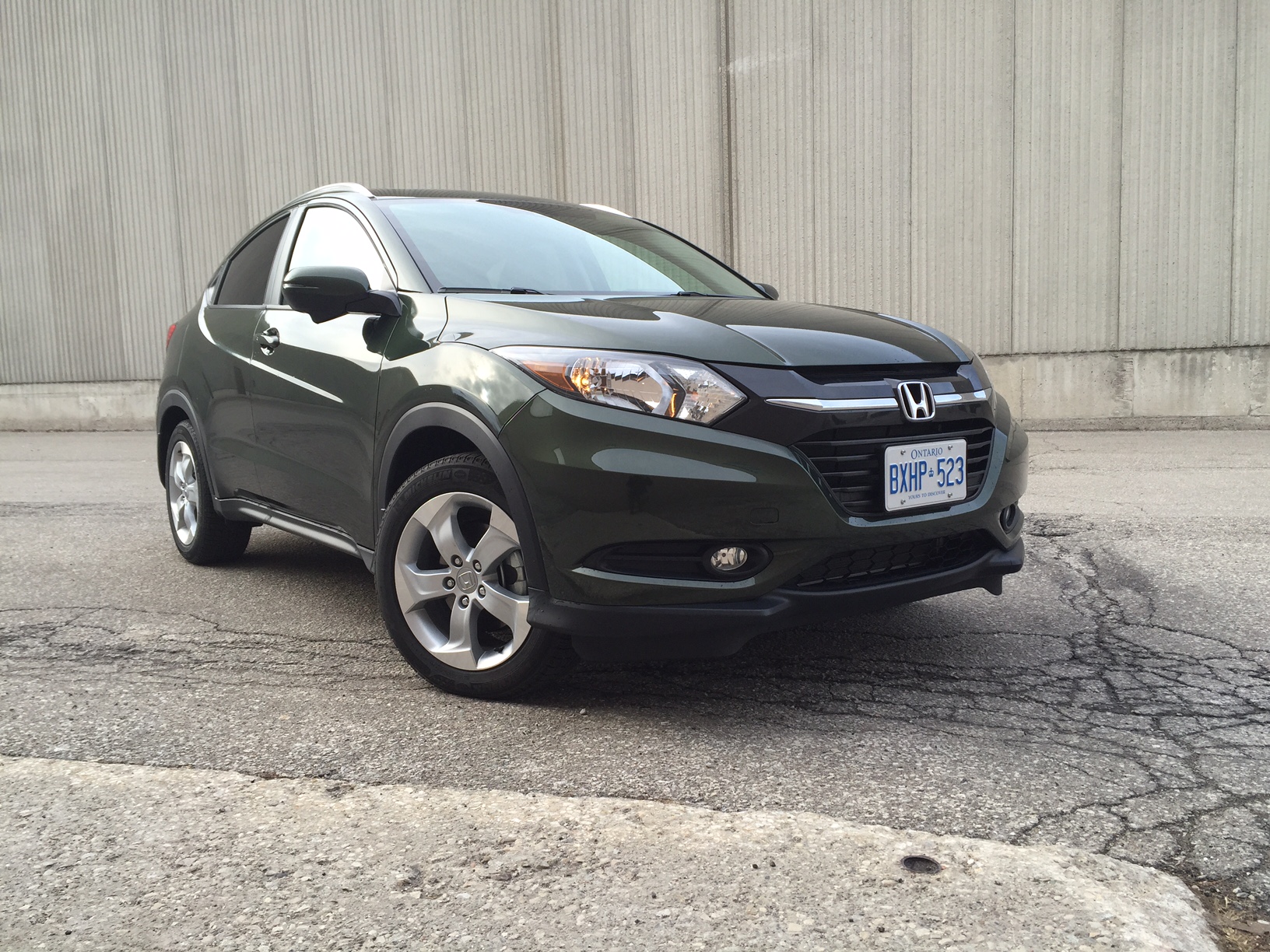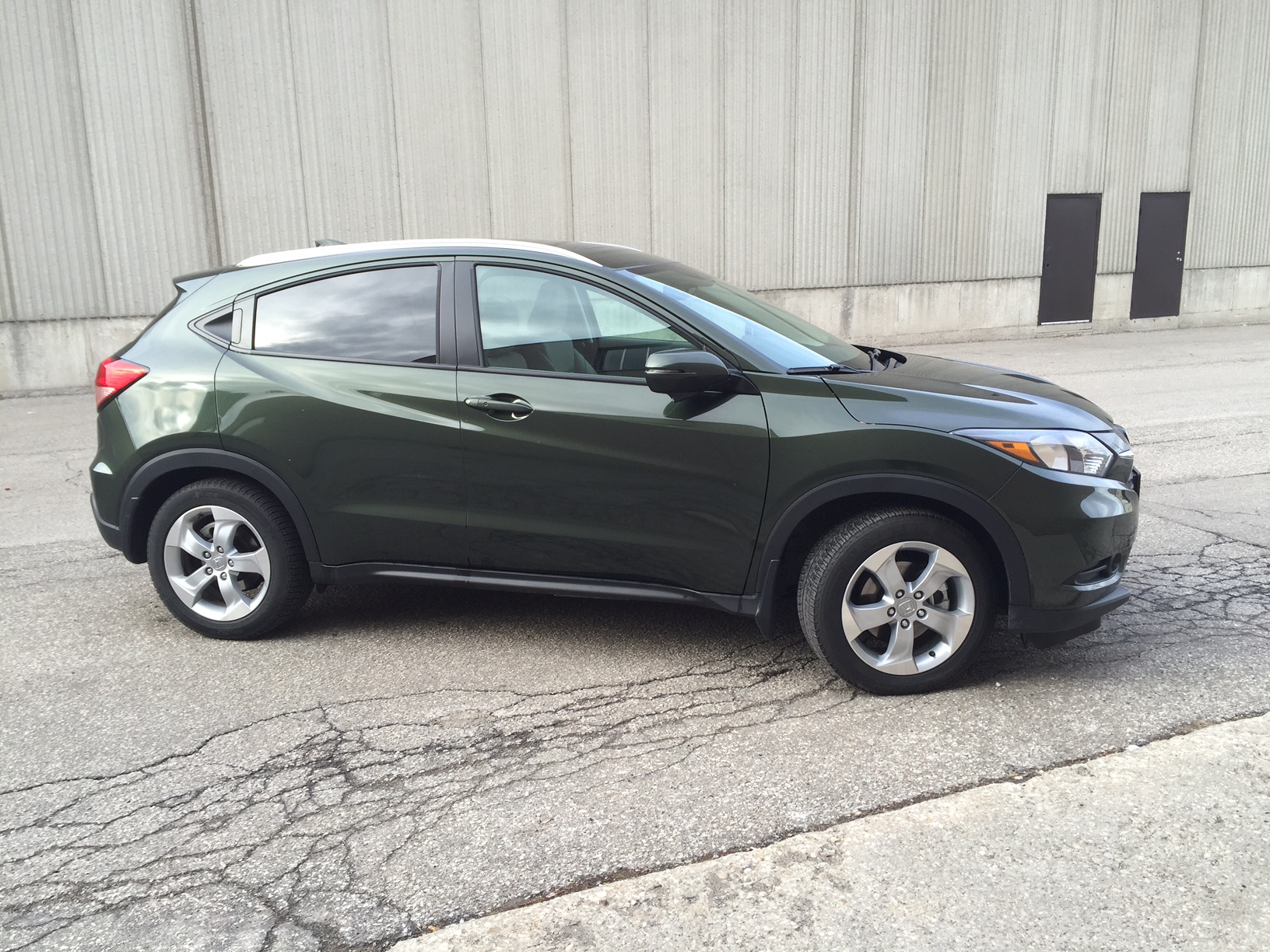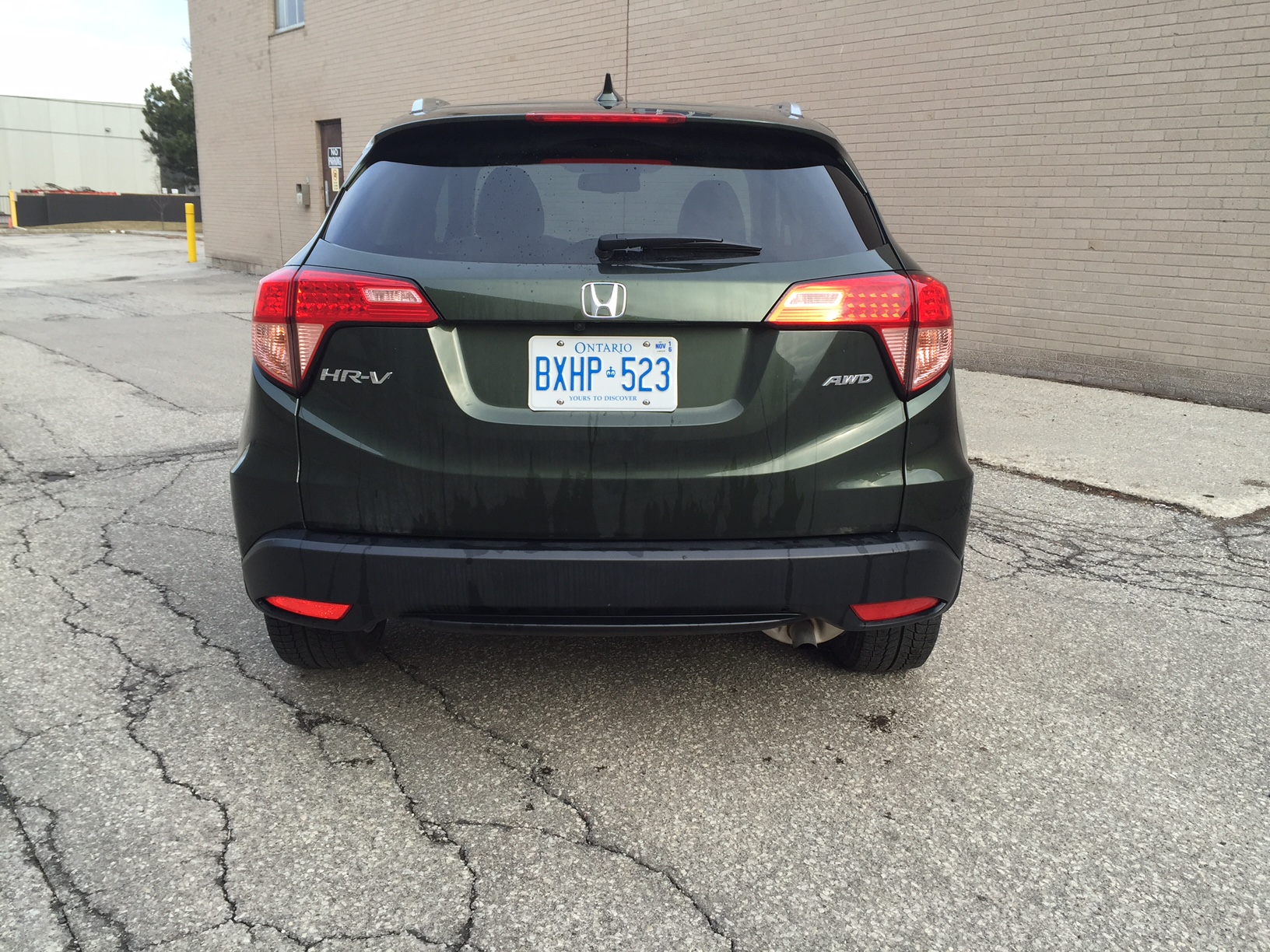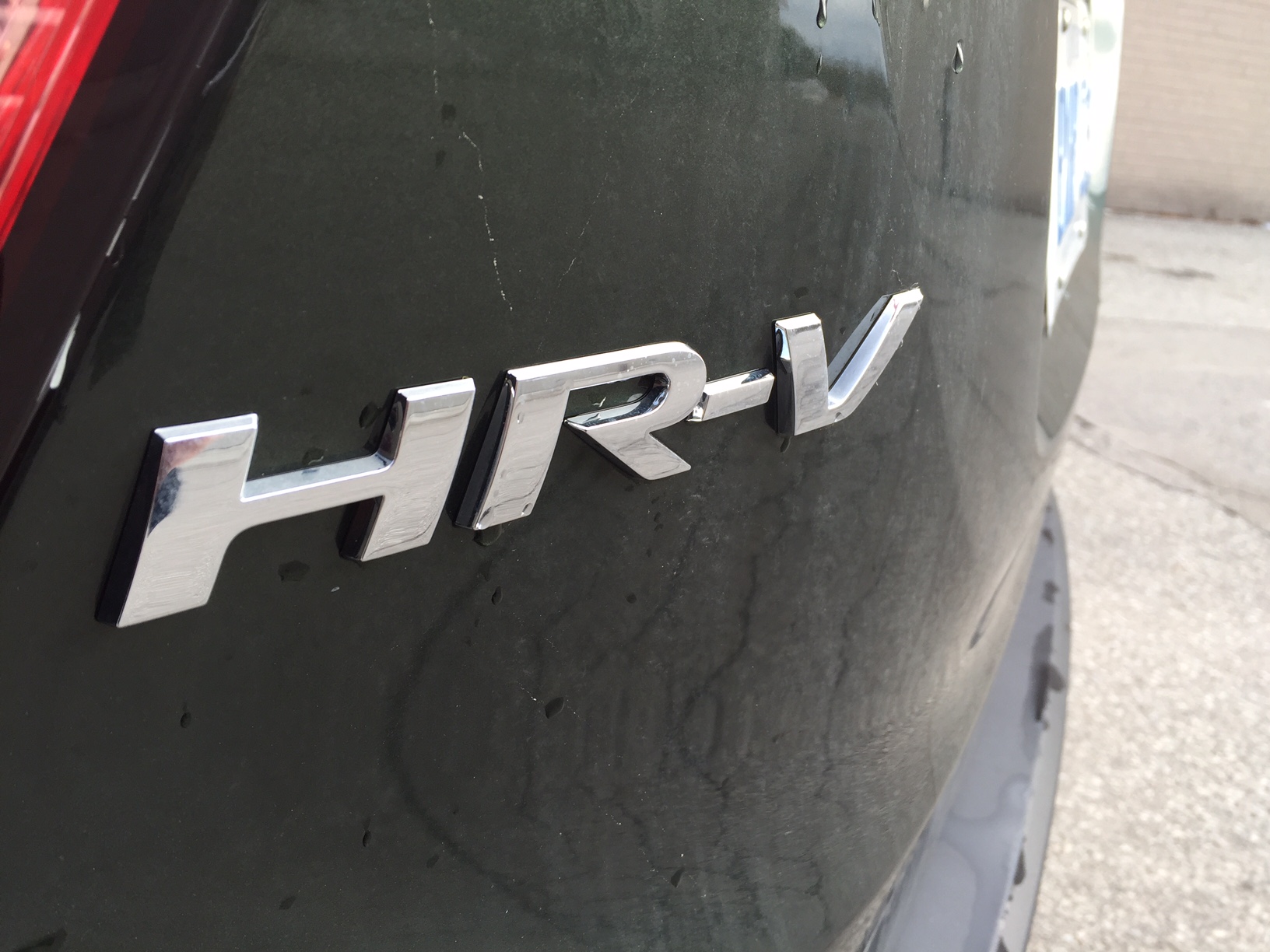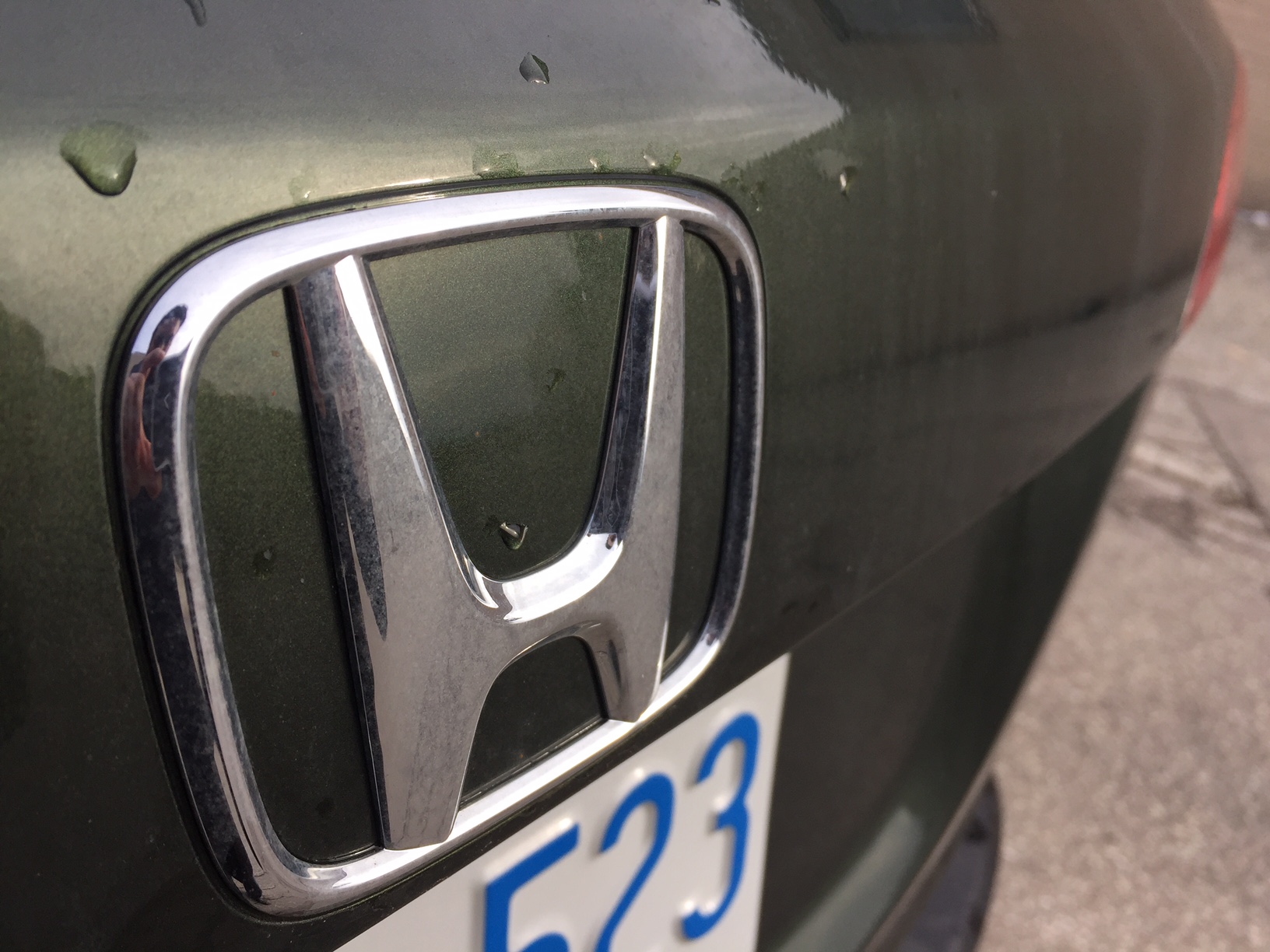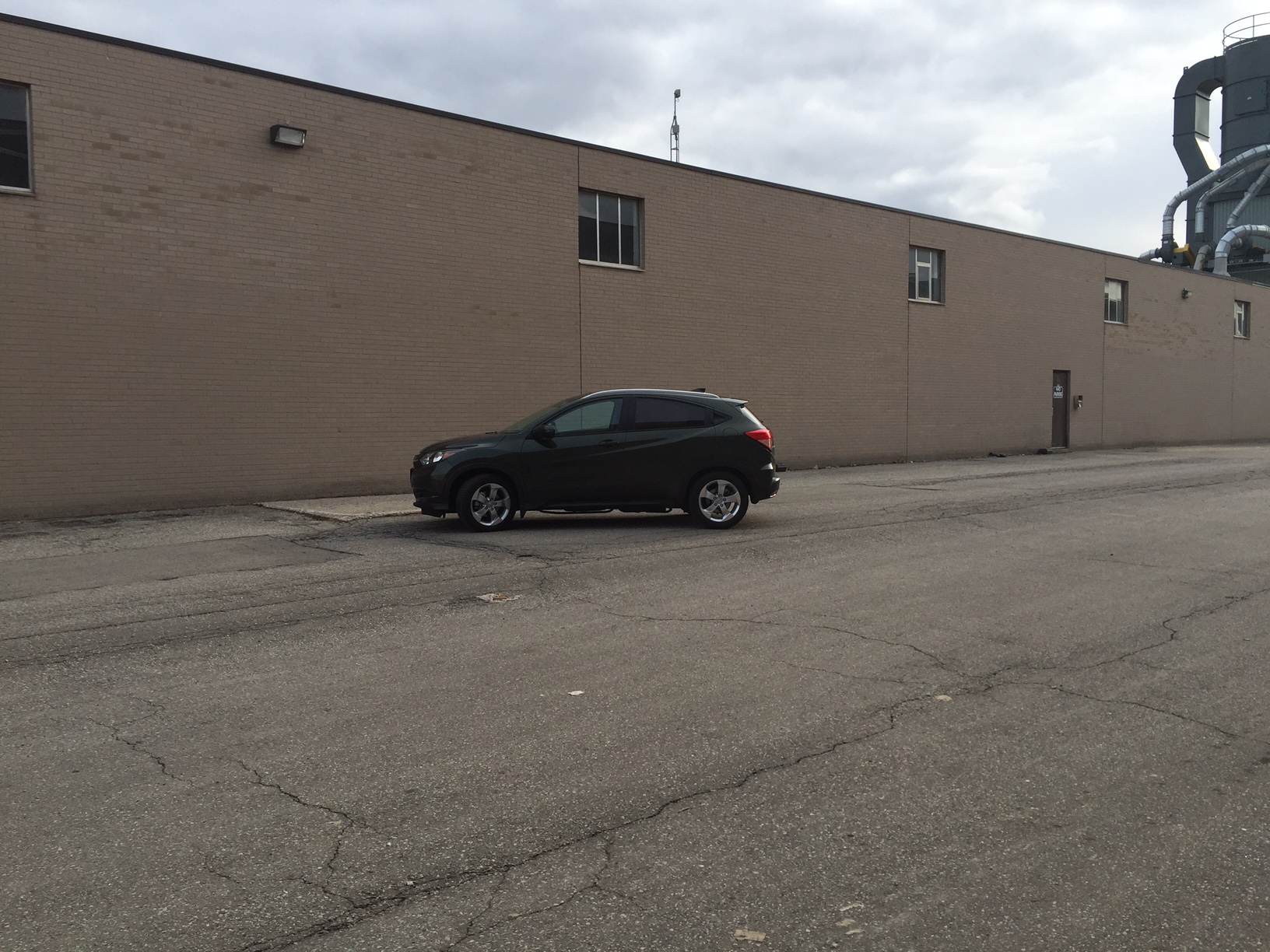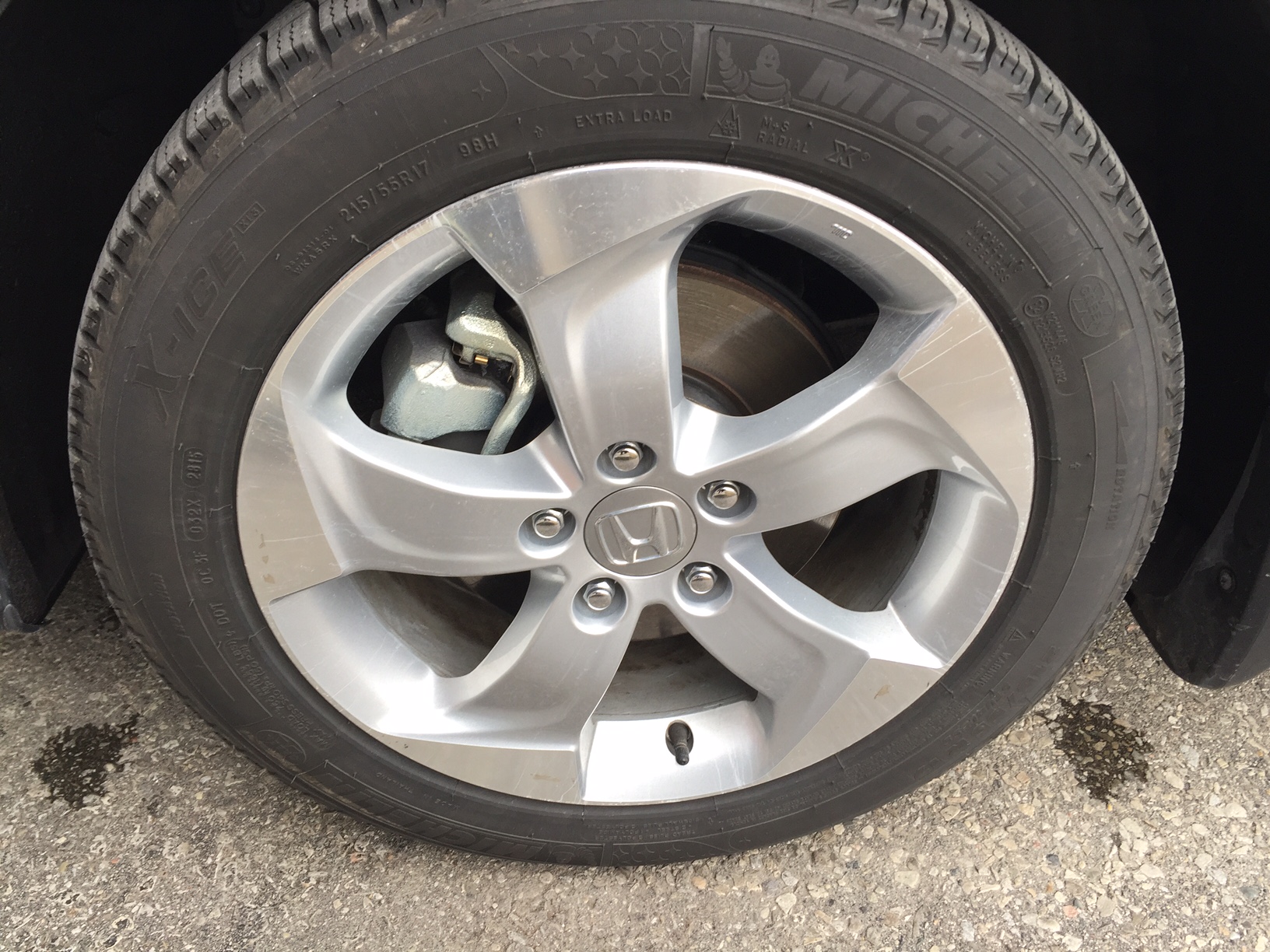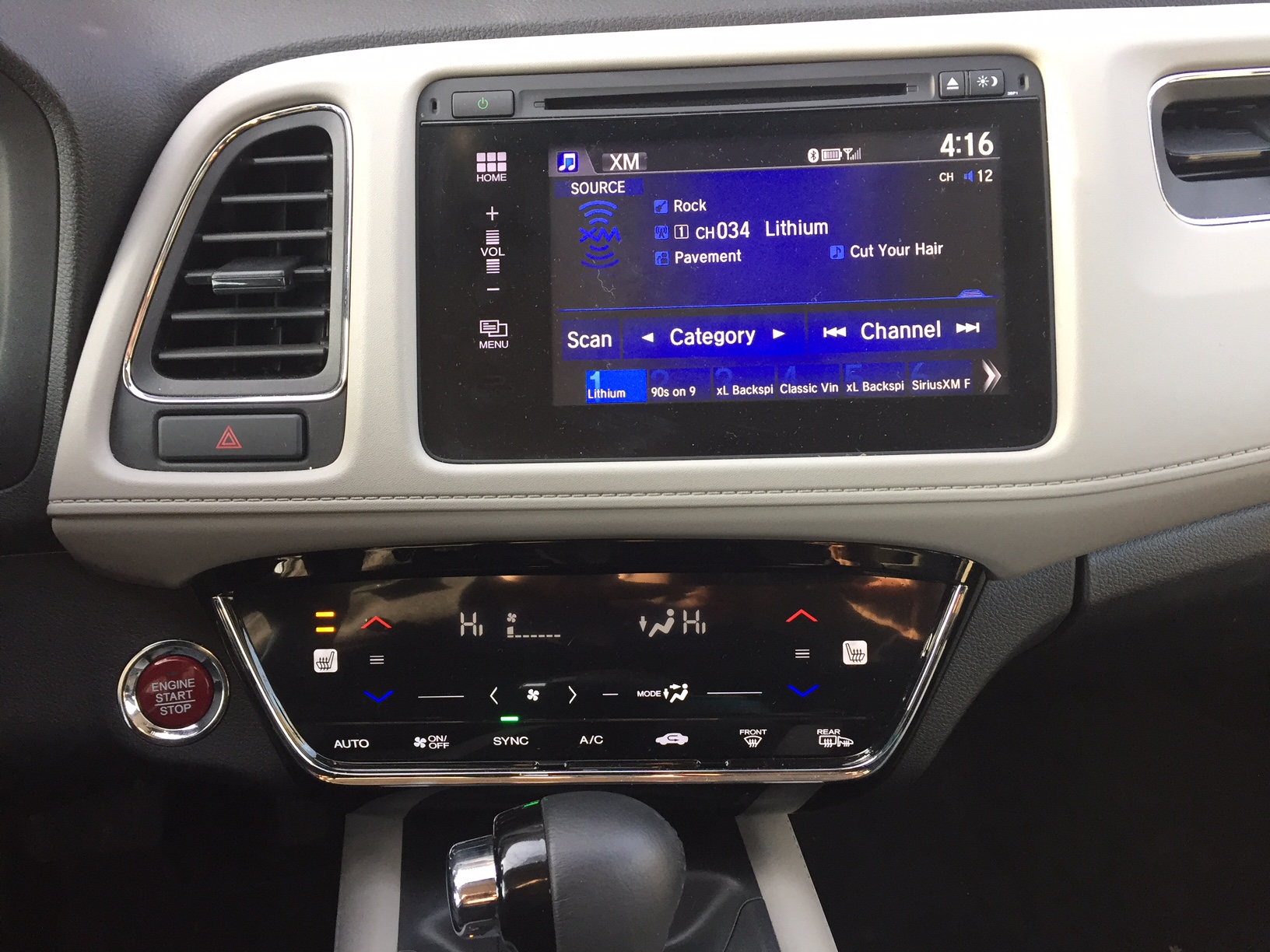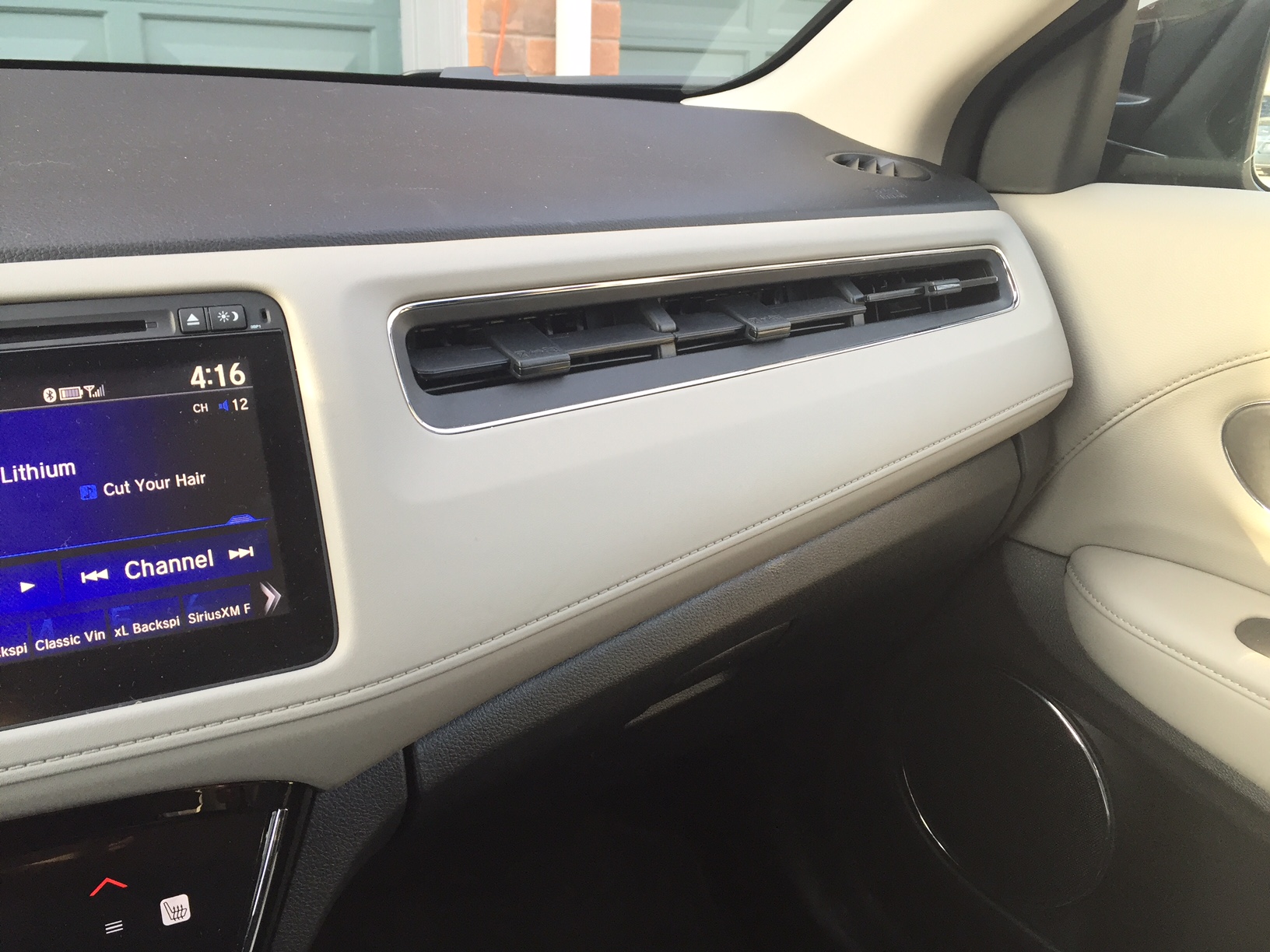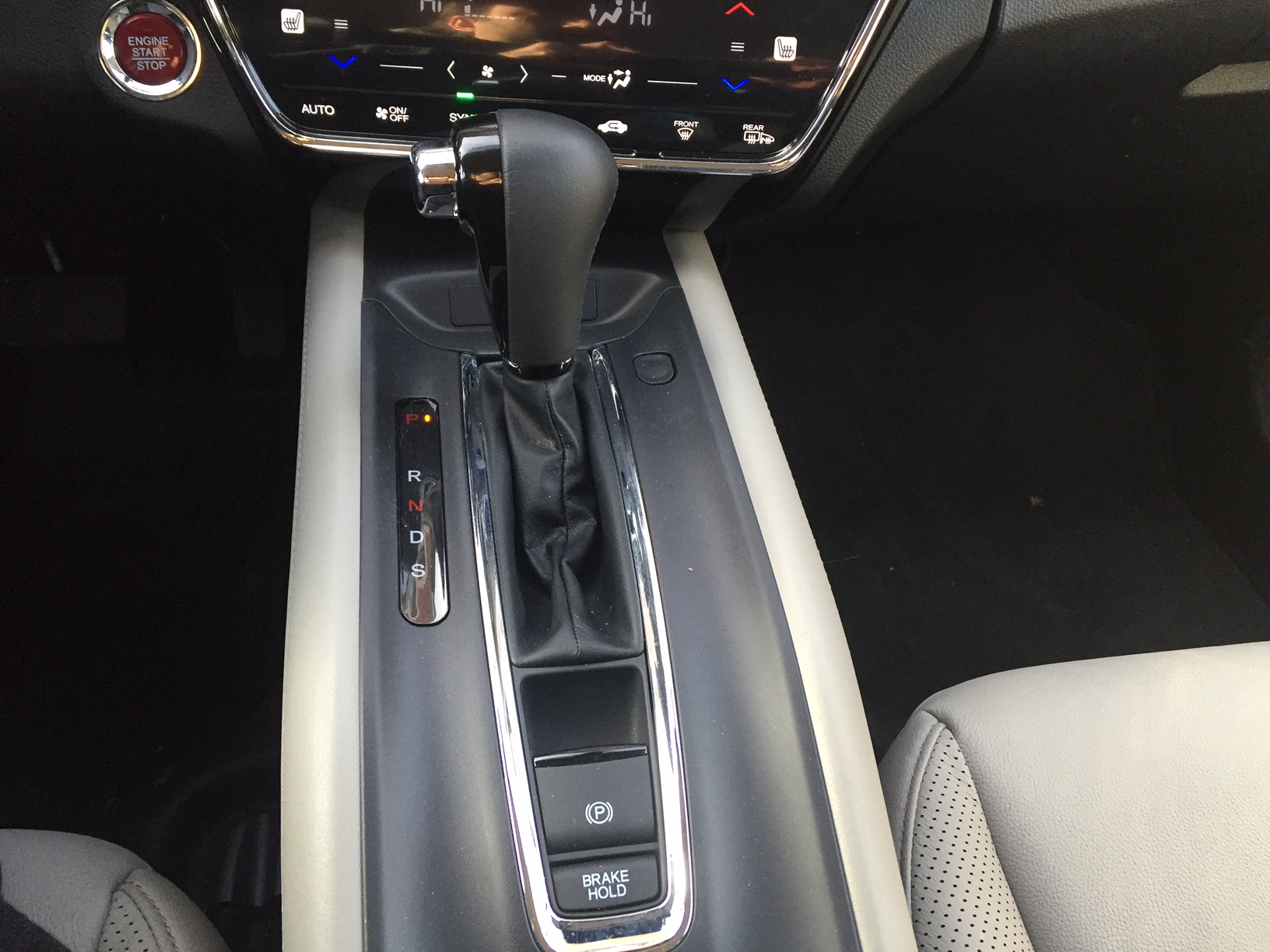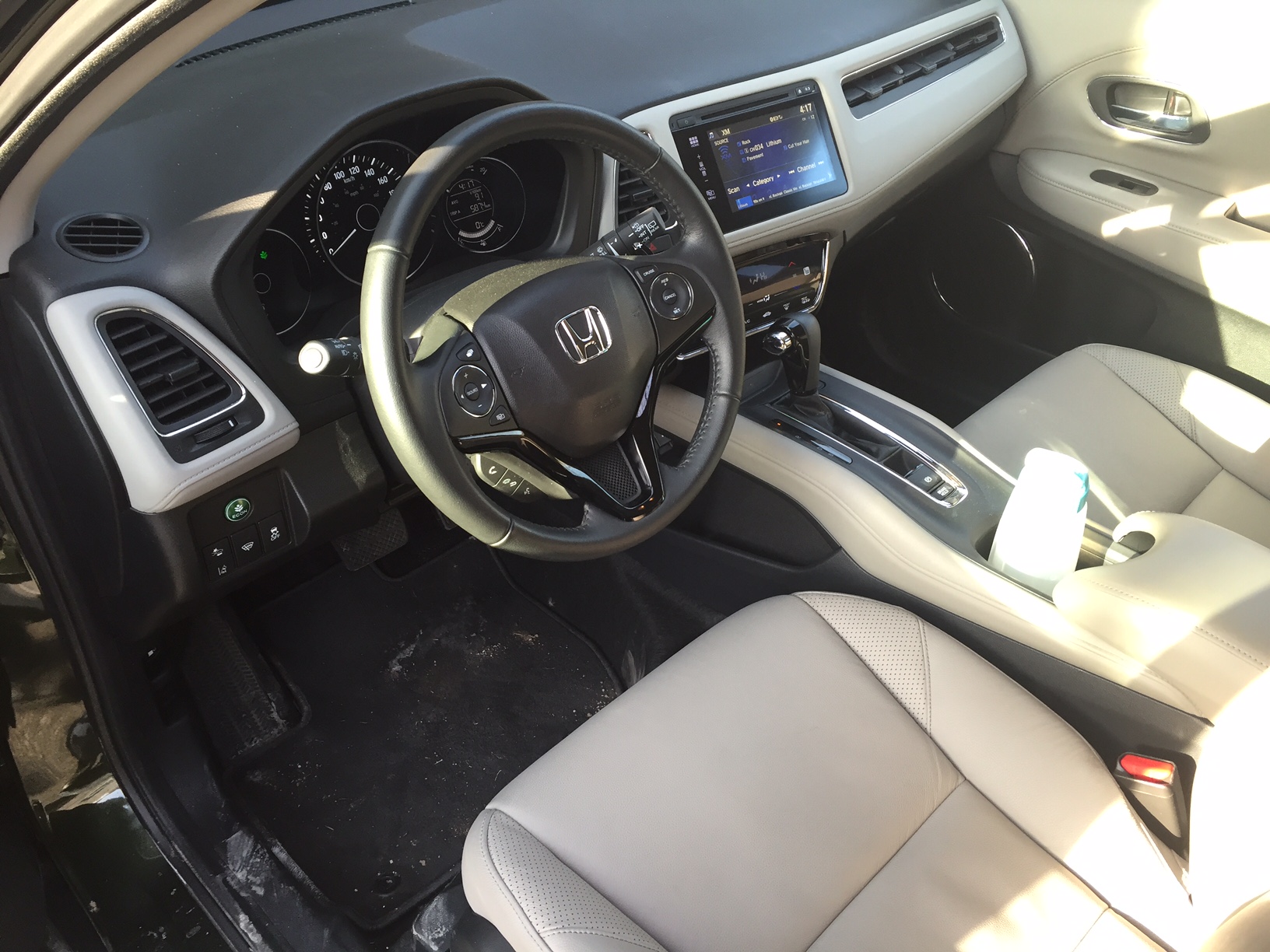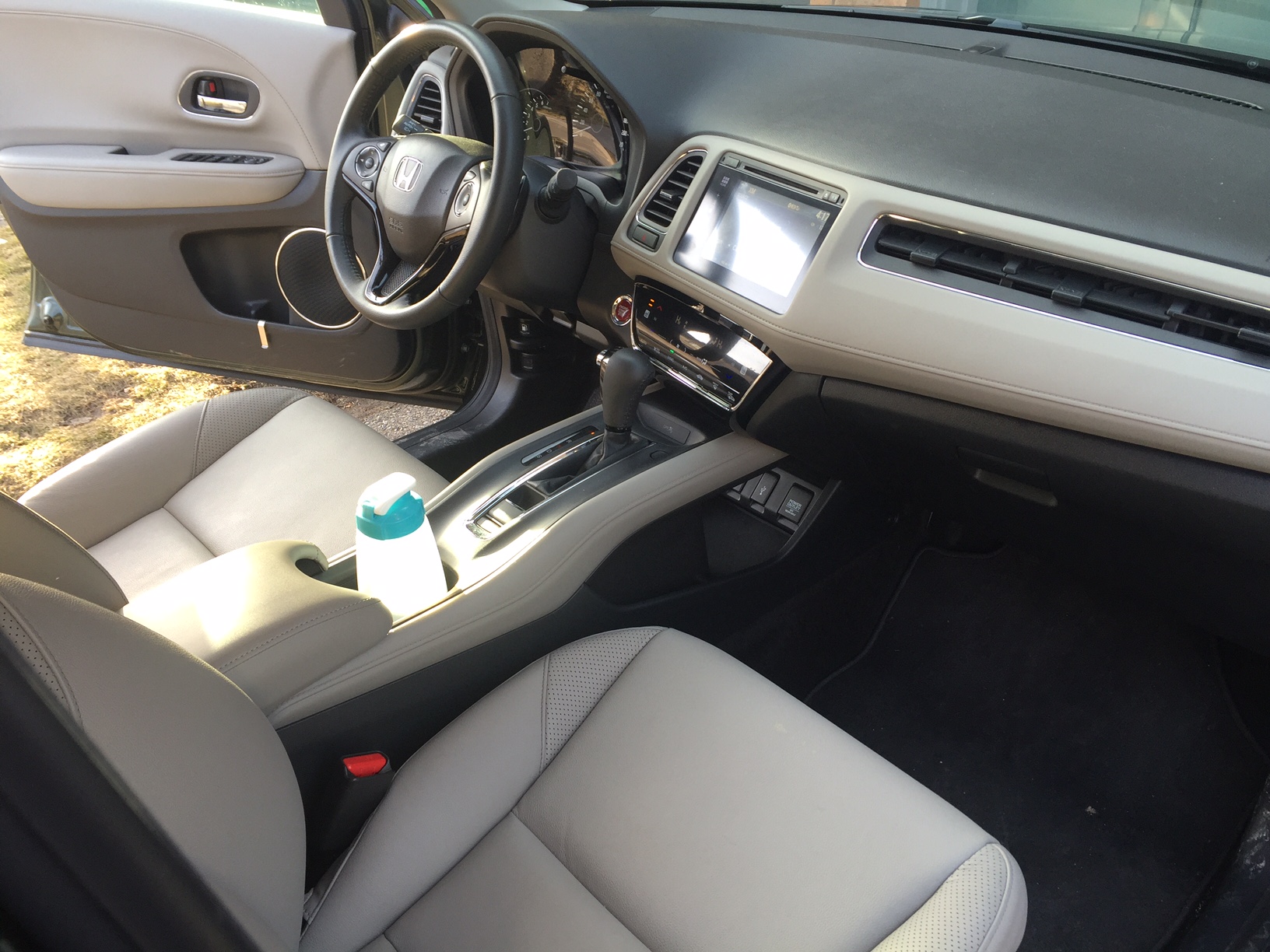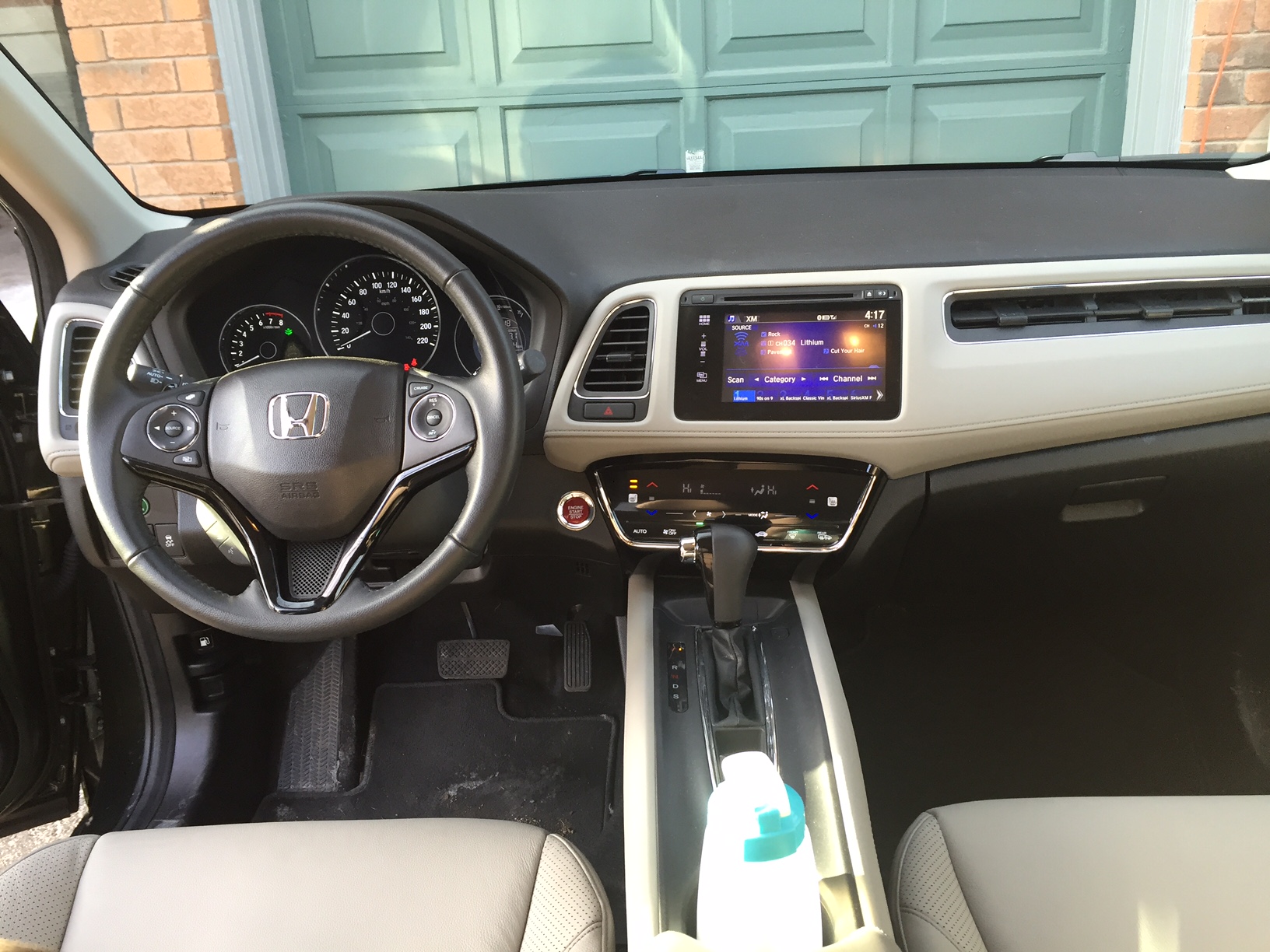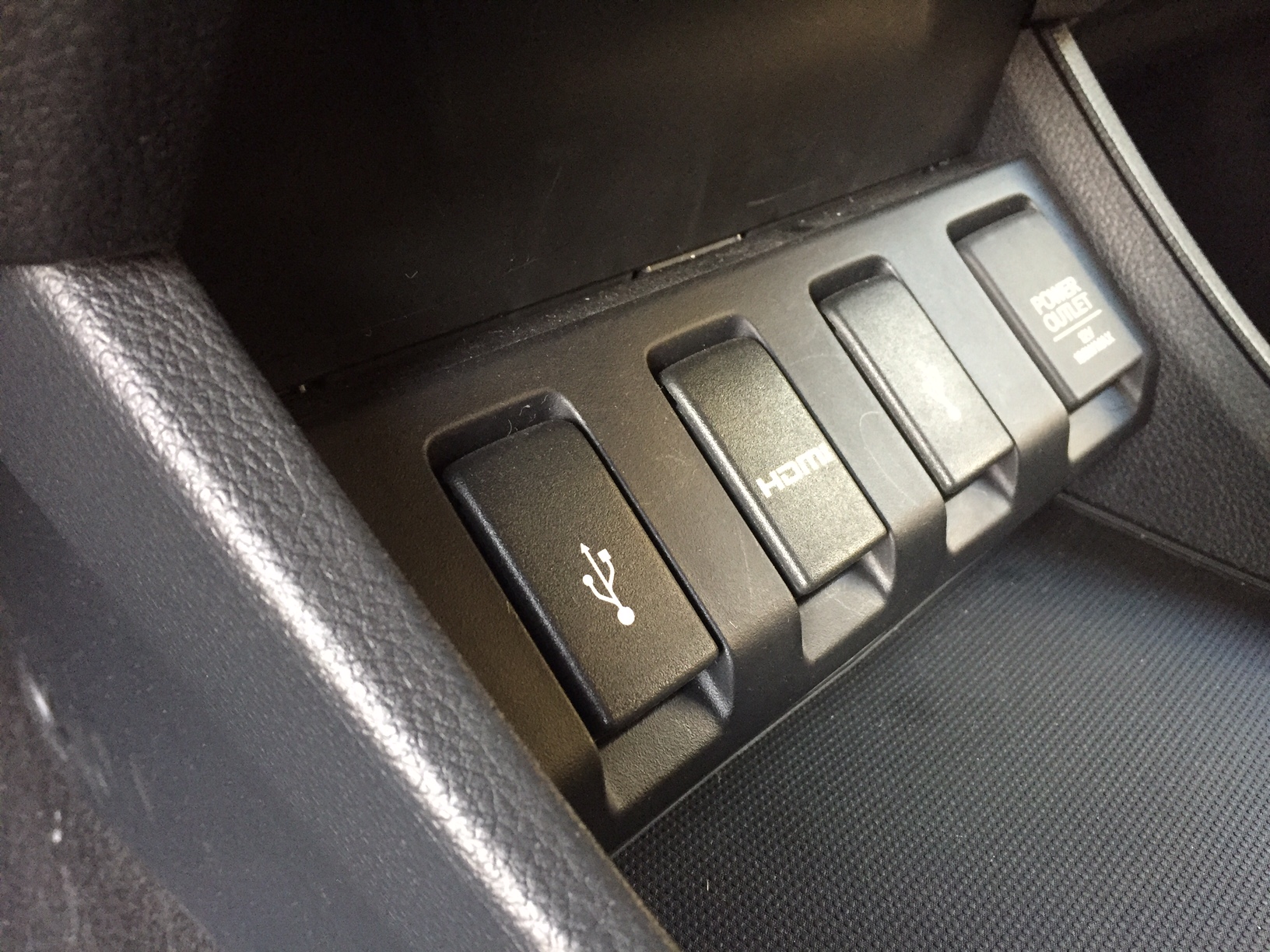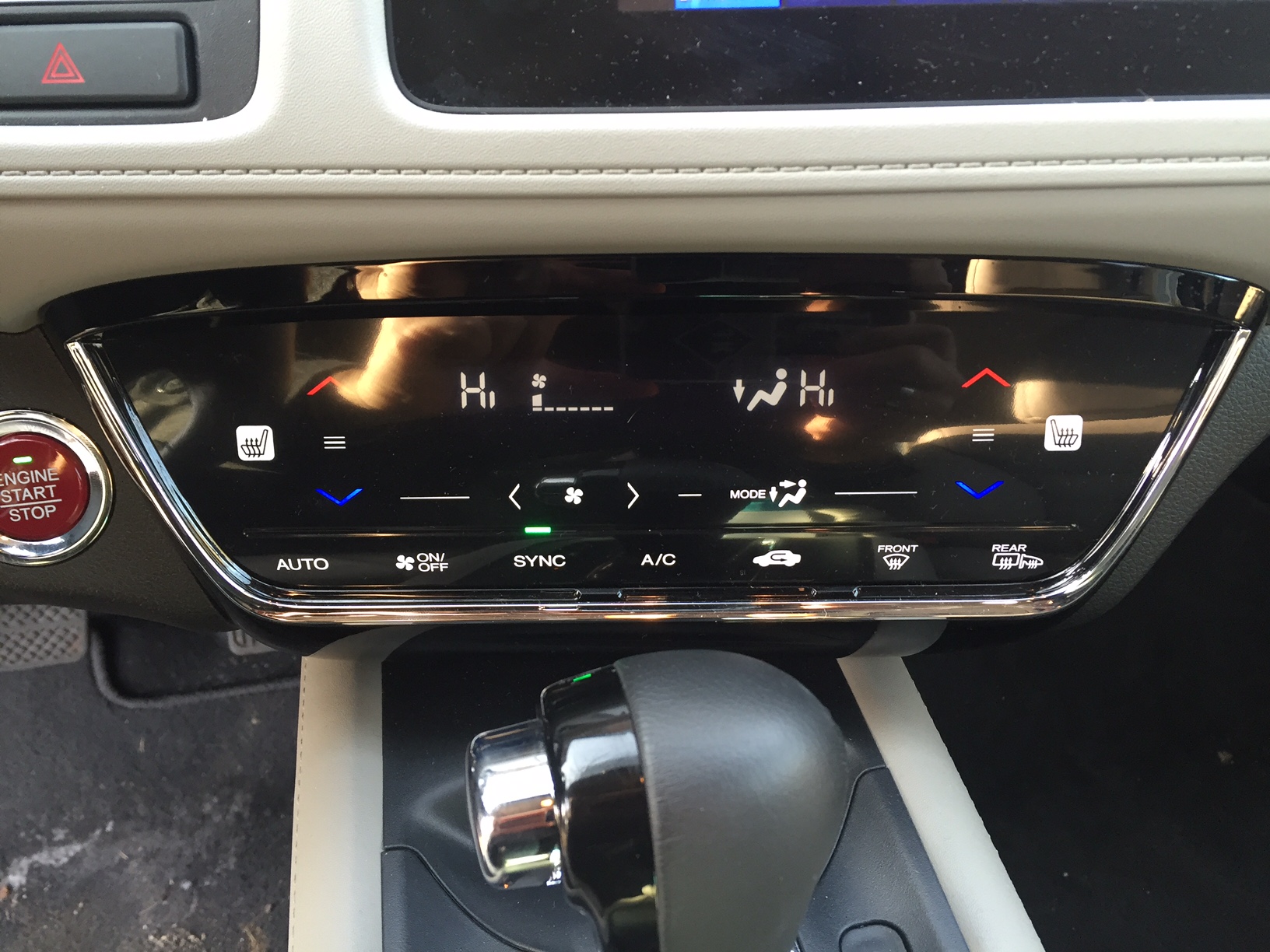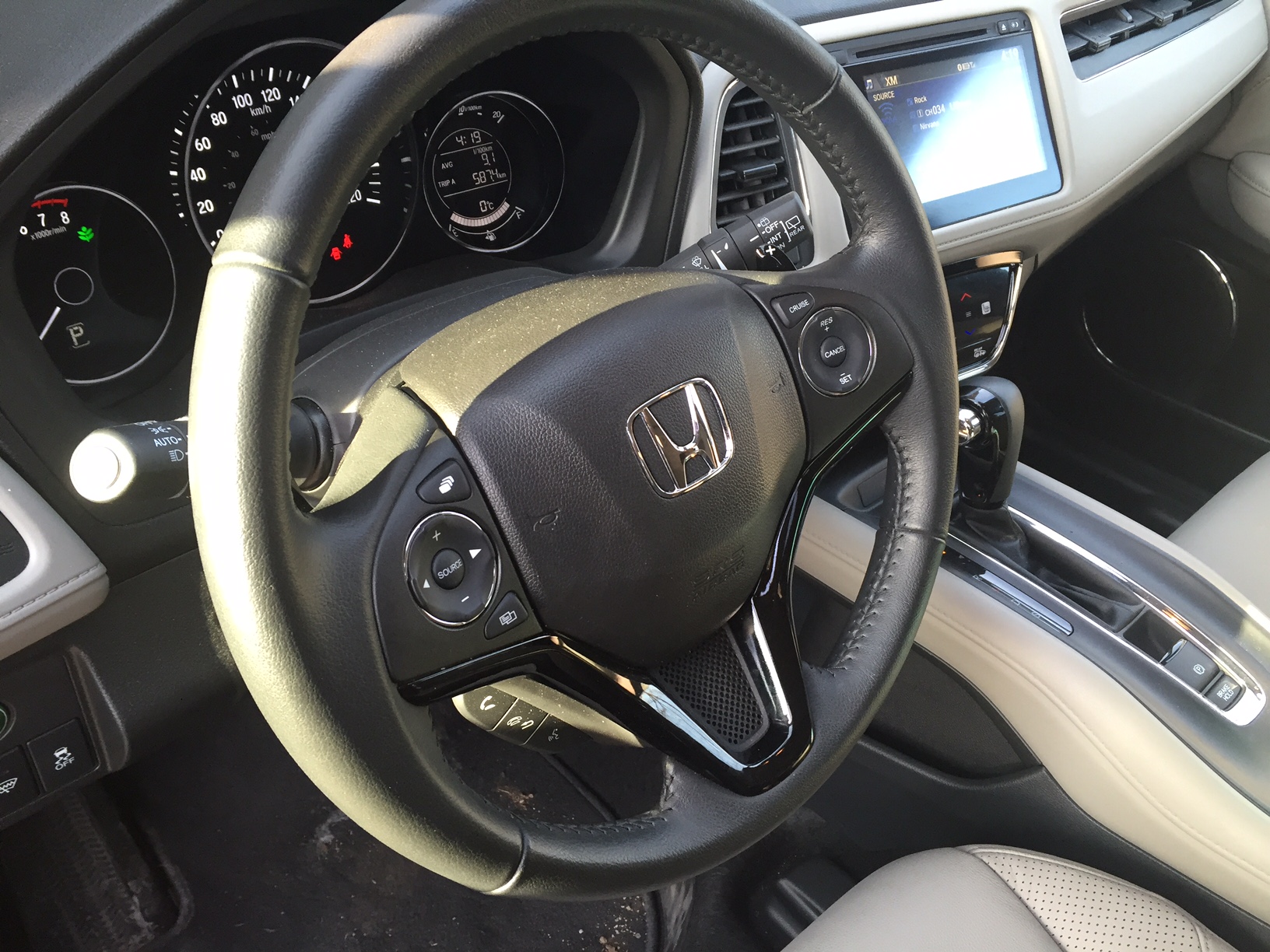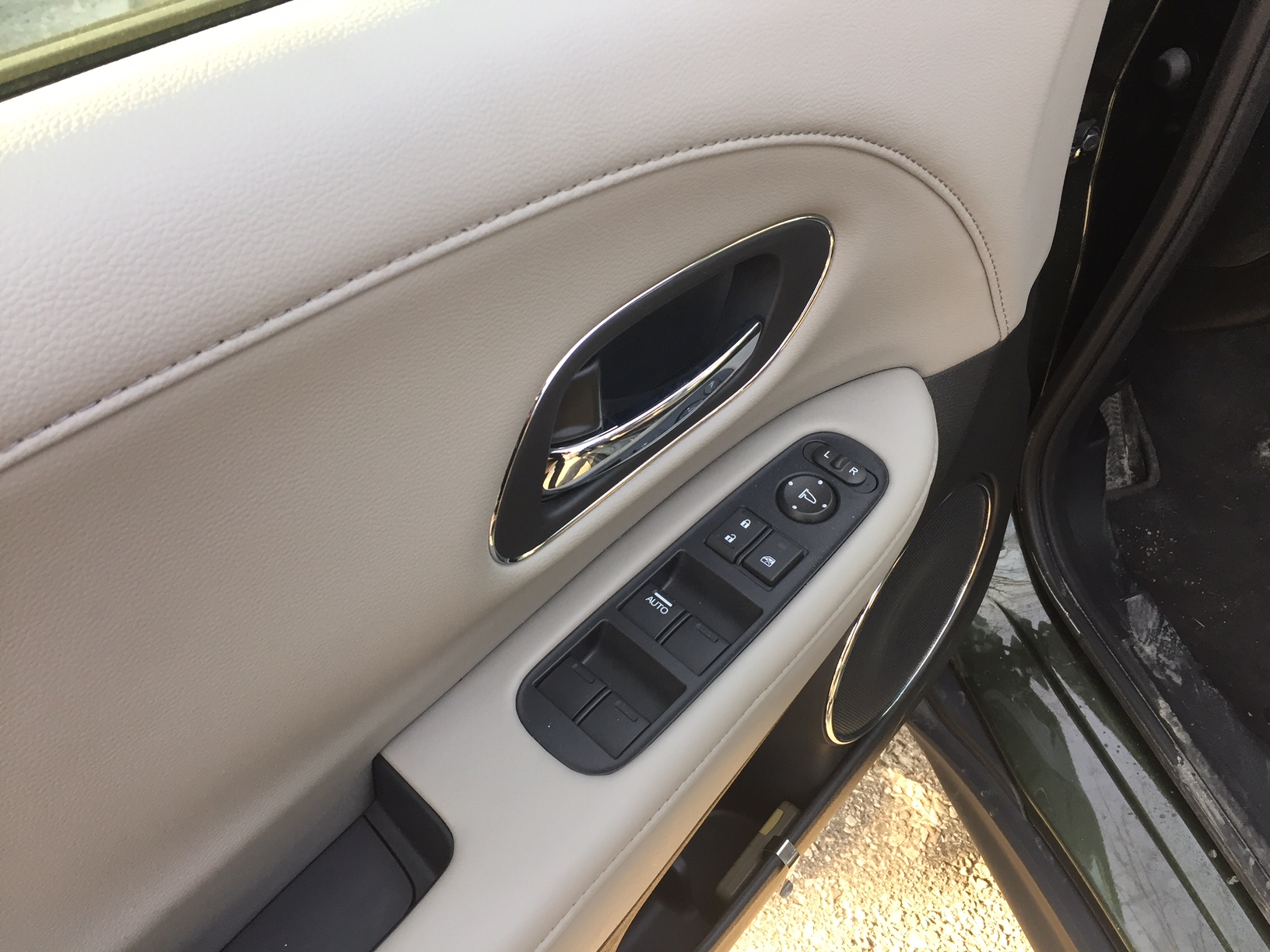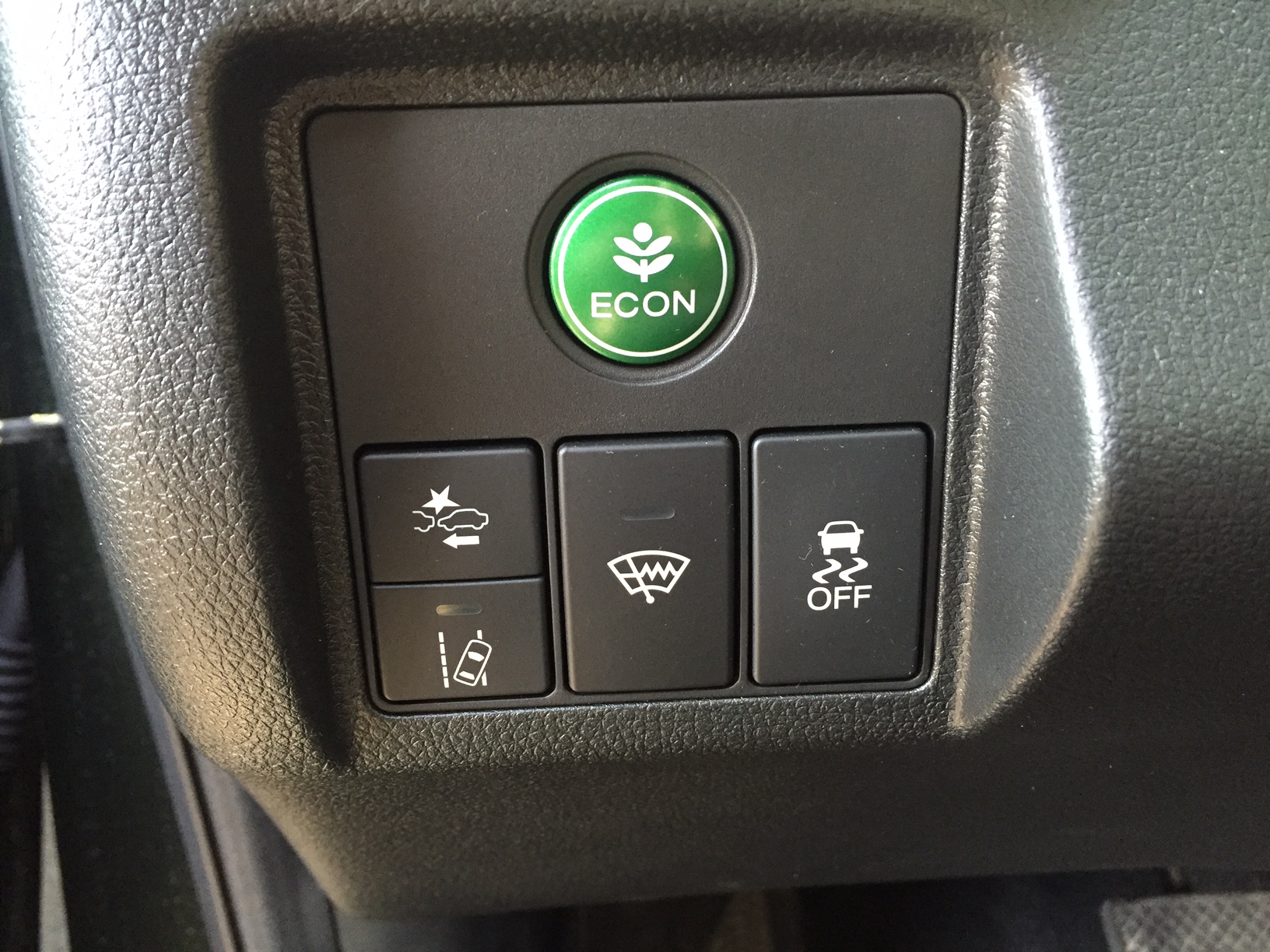Modern Motoring: 2016 Honda HR-V
/
The subcompact SUV market just received another entrant in a growing segment. With the Mazda CX-3, Chevy Trax, Nissan Juke, Subaru XV Crosstrek and Jeep Renegade racing towards the hearts of Canadian consumers, Honda’s brand new HR-V aims to get drivers into their standard heated front seats.
With increased popularity in crossovers, more and more drivers are looking towards a utility vehicle opposed to the traditional sedan. And really, I can see why. With the elevated ride position, more storage space and great fuel economy, Canadians are able to do more with their chariots than ever before. And with some couples leaning towards sharing one vehicle, there’s simply increased versatility that comes with a crossover.
Honda, known for their reliability and piggybacking off the strength that comes from the CR-V, put me in their all new, top of the line EX-L Navi 2016 HR-V for a week.
And yes, it was a welcomed change from my 2004 Honda Accord coupe.
With a conservative design, the HR-V isn’t exactly reinventing the wheel. Yes, there’s some nice detail work in the front fascia that give it a strong look. And yes, there’s the roofline spoiler for a slightly sporty touch. It’s not quite bland and boring, not at all. The engineers played it safe design-wise and since functionality should trump fashion (good looks will only get you so far in life), the cute-ute is just that.
Standard 17” wheels frame the vehicle nicely and fill out the wheel wells, and rear door handles are nicely hidden and are located high up beside the window for a clean look.
The power plant consists of a 1.8L 4-cylinder engine that’s good for 141 horsepower and 127 lb.ft of torque. While it’s not the most powerful in its class, there’s enough get up and go beneath the hood to get you up to highway speeds and pass without much issue.
Besides, since this is more of a city-dwelling vehicle, the number of prancing ponies is adequate for urban needs.
Steering and handling are, well, they’re pretty good. For this hatchback on stilts, there’s a good feel behind the wheel and if you want to ace a roundabout at a safe speed, you won’t get the “oh crap I may tip over!” feeling. The ride is smooth, albeit a tad stiff.
Fuel economy (city/highway/combined):
- FWD manual is 9.3/7.0/8.3 L per 100 km
- FWD automatic CVT is 8.3/6.7/7.6 L per 100 km
- AWD CVT rates at 8.8/7.2/8.1 per 100 km
I squeezed out 7.7 L/100 km over close to 700 km split nearly evenly between city and highway travels.
What’s most impressive is the interior layout. Honda deserves full marks here for providing a beautiful, modern and clean environment for driver and passengers.
Starting with the flowing centre console that houses cup holders and the gearshift, along with storage space beneath the gear shifter (like the older Volvos) to the touch screen centre console infotainment system, Honda has really hit the mark here.
Climate controls are all knob/button free and after a couple of days, I got the hang of how much finger pressure to apply to get the desired response. The same goes for the main screen.
I do wish they had a volume knob, however. I understand why they don’t (keeping a sleek, consistent look for controls) but you can always use the steering wheel controls for a quick volume adjustment.
Above the dashboard are three neatly laid out horizontal vents for the passenger opposed to a traditional single vent placed in the far right corner.
The dashboard consists of three large dials (RPM, speedometer and digital odometer, fuel gauge, L/100km, etc). The bottom wedge of the steering wheel is meshed hard plastic, which is a nice and quirky touch.
Cargo space sees 657 L with the rear seats up and 1583 L with the seats folded, which is good enough for all your urban needs. If you’re venturing into the rural world for, say, a camping trip, there’s enough space to pack all you need.
The seats are good and it took me few adjustments before I found a comfortable seating position. There could be a bit more thigh support, however.
Lane Departure Warning, Blind Spot Display and Forward Collision Warning come on the top end trim along with the HondaLink system.
Overall, Honda’s latest offering should do well in the marketplace as it rides on the strength and great reputation that accompanies it. Aside from the Accord CrossTour fiasco, Honda has churned out quality vehicles for years and years. Heck, I drive one from 2004!
Where Honda may get hurt is in the pricing arena, specifically the higher trims.
Starting at a bit below $21 K for the base LX with a manual gearbox, there are five rungs on the trim ladder, where you top out at $29,990 for the EX-L Navi.
For those who’ll hover in the middle ground, the price is right. Top end seekers…well, $30K is close to tipping the scales for a subcompact SUV. But…you get what you pay for, so keep that in mind when picking your trim. It’s not like you can add these options on a few weeks after driving. May as well get a complete car to your liking instead of regretting to level up.
There are lots of options out there for this burgeoning segment and with new competitive offerings coming soon, Honda will have its hands full. Good thing they’ve got a smart, practical option for Canadian consumers.





